What’s Layer3?
Evolution since Layer1
When we talk about blockchain, most of the keywords that come to mind are: decentralized, highly decentralized, free to operate. And while the technology developers are enjoying the world bonuses of the chain, and the users are enjoying the functionality and services of the chain, they may not have thought about the role of Layer, the person behind all of this.
Layer, the Web elastic Layer component, serves as the facility that realizes the block chain rich convenient operation experience, supports the chain operation the performance and the performance.
Well-known public chains such as ether is built on the Layer1 network, the development of LAYER2 is also a popular narrative in recent years, and the recent rise of Layer3 have any advantages? This article will focus on Layer3 and analyze how an evolutionary history from Layer1 to Layer2 to Layer3 gives us insight into the necessity and practical significance of the birth of Layer3.
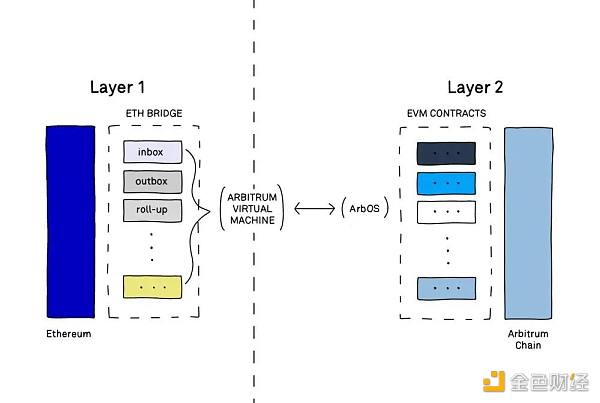
The pioneer of Layer1 is a series of intelligent contract platforms for blockchain, represented by Ethereum, which compete with Ethereum with higher degree of decentralization and higher transaction throughput, make up the vanguard of the Layer1 camp. But without the infrastructure of Ethereum, these public chains are difficult to develop, so many Layer1 adopt the“EVM-compatible” strategy, in order to achieve the deficiency of ether fang and self-advantage development.
However, the rapid rise of layer 1 has brought challenges and pressure to the platform operation. The limited function of public chain makes it unable to bear the increasing amount of execution and computation brought about by the rapid development of ecology.
Thus, under the banner of fee reduction and expansion, Layer2 came into being. Layer2’s basic optimization logic is to strip and layer public chain functions, leaving the consensus mechanism of providing security at Layer1, and decentralizing computing and execution to Layer2, public chain becomes the settlement layer of layer 2, which is easier to implement and operate than cross-chain and shard mechanisms. Layer2’s popularity and significant reduction in transaction costs is a very successful industry change.
Layer2 maximizes operational efficiency while maintaining a decentralized model, but it is still inadequate in highly customized application scenarios, since blockchains can be layered, why not provide a separate layer of services? Wouldn’t that make it more personal and easy to use? That was the initial inspiration for Layer3.
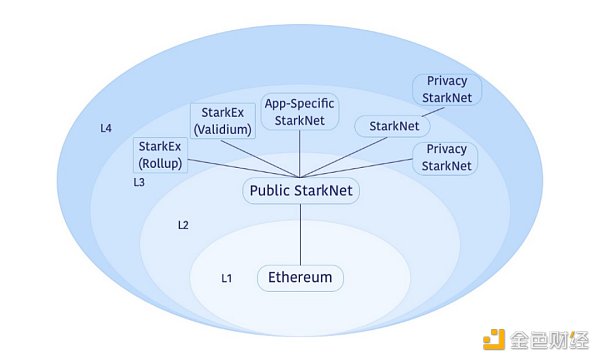
As Layer2 is nested on Layer1, Layer3 has a nested, recursive relationship with Layer2. By multiplicative effect of recursive proof, powerful extensibility can be achieved, and this extensibility is increased geometrically, allowing application designers to better control the stack of related technologies. Through the custom data model, speed up the technology turnover rate of the block chain and the efficiency of the function operation.
What’s Layer3?
Evolution since Layer1
The necessity of Layer3 lies in the selection of application scenarios that we might actually touch. We can explore a situation like this:
Develop a DAPP, can inherit the user of aether place and security, but do not want to do a contract, how to do? If you exclude Cosmos, Polkadot, or Alt-L1, you can only choose Rollups. But how do you solve the prohibitive cost of developing an L 2ROLLUP? Develop an application-specific Rollup using the l3sdk, or Layer 3. In short, just as Layer 2, as analyzed above, is designed to solve the problem of cost reduction and capacity expansion, Layer 3 is designed for use in specific scenarios
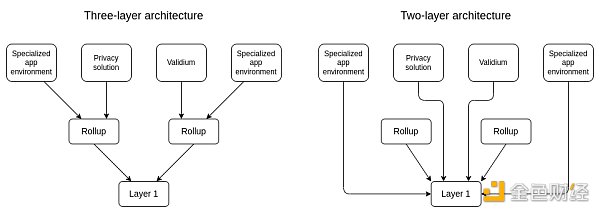
Recently, vitalik, founder of Ethereum, also summed up Layer3’s real-world applications: “L2 is for scaling, L3 is for customizable scaling, this customizable precision docking of user-specific scenarios and developer-preferred application directions. At the same time L 3 has the weak trust expansion characteristic, leaves the data usability to the trusted third party or the committee, further guarantees the user privacy and the use security.
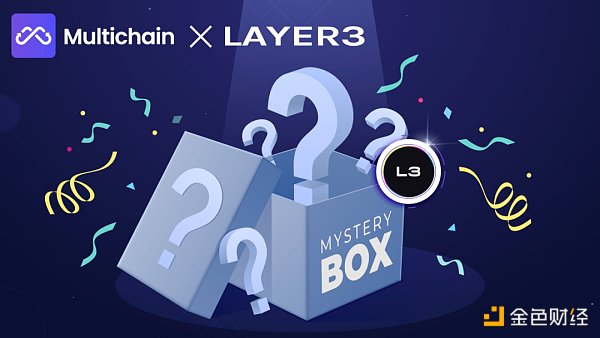
Furthermore, if Layer3 can be implemented on a large scale, then privacy computing can be applied to any transaction anytime, anywhere.
As we all know, the data in the blockchain is encrypted by means of zero-knowledge proof, intelligent contract and other means to achieve the privacy between the data, but this requirement is not supported by the current Layer2 infrastructure. If the privacy computing feature is successfully placed on Layer3, its powerful extensibility may enable privacy protection transactions on Layer2.
Furthermore, the Interoperability and composability setback that Layer2 has been criticized for can be compensated for by Layer3’s performance. The cross-link channels currently used between layer 1 and Layer 2 and layer 2 are inefficient and costly to run. It would be a good choice to translate the inter-level and inter-level combination operations to layer 3, and it would be easier to manipulate and implement.
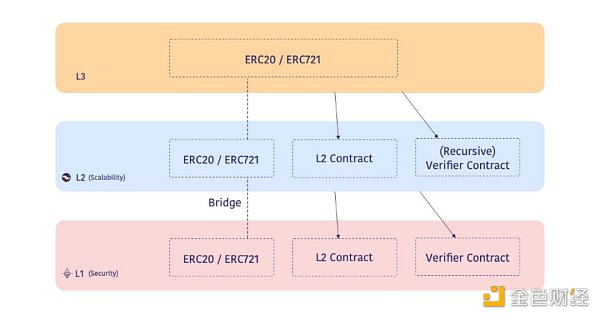
Outlook Layer3:
There is much to be said for the role of WEB3
As you can see from Layer1 to Layer2 to Layer3, the need to refine the technology and enhance the experience has led to Layer iterations and upgrades. And these upgrades have revolutionized the way we think about blockchain, so is Layer3 just a blip?
At the moment, the biggest point of support for Layer 3 is its ability to provide custom application services for specific scenarios. Layer 3 may open up a new space for ether, or blockchain, as Rollup does.
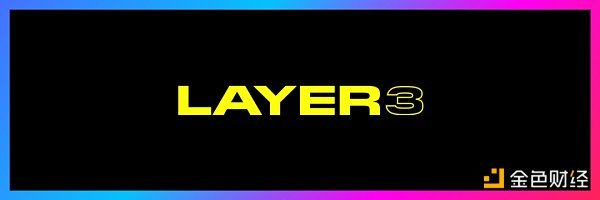
Layer3’s unique advantage in application scenario services has greatly improved the application-level dilemma that has long been difficult to break through in the blockchain industry. High computational load, high capacity, and customization are the obvious technology dividends of Layer3’s mature solutions, which also accelerate the development of a number of blockchain applications for the Web 3 era. Such as chain games or being one of the first to deploy Layer 3.
However, while Layer3 is on the up and up, it’s also important to be aware of the risks that many Layer3 services run against the needs of users, if these projects deviate from user needs and scenario-specific goals without optimization or improvement, LAYER3 can also become an invisible killer that wastes market resources and development space.
For the blockchain industry, Layer3 is just a new starting point, while Layer3 is an excellent solution for capacity expansion. With the development and maturity of the technology, we may have more layers in the future, such as layer 4, layer 5 and so on. They are also expected to become an important part of the underlying logic of the development of technology in the age of WEB3.
Reference:
Vitalik: What kind of Layer 3 makes sense?
Layer3-ethereum ecological new engine
Could Layer3 be a new direction for Ethereum?
It’s time to talk about how blockchain Layer 3 services capture value
The challenge of the blockchain to popularize the application, explains the development and challenge of Layer1, side chain and Layer2 extension scheme
Like what you're reading? Subscribe to our top stories.
We will continue to update Gambling Chain; if you have any questions or suggestions, please contact us!